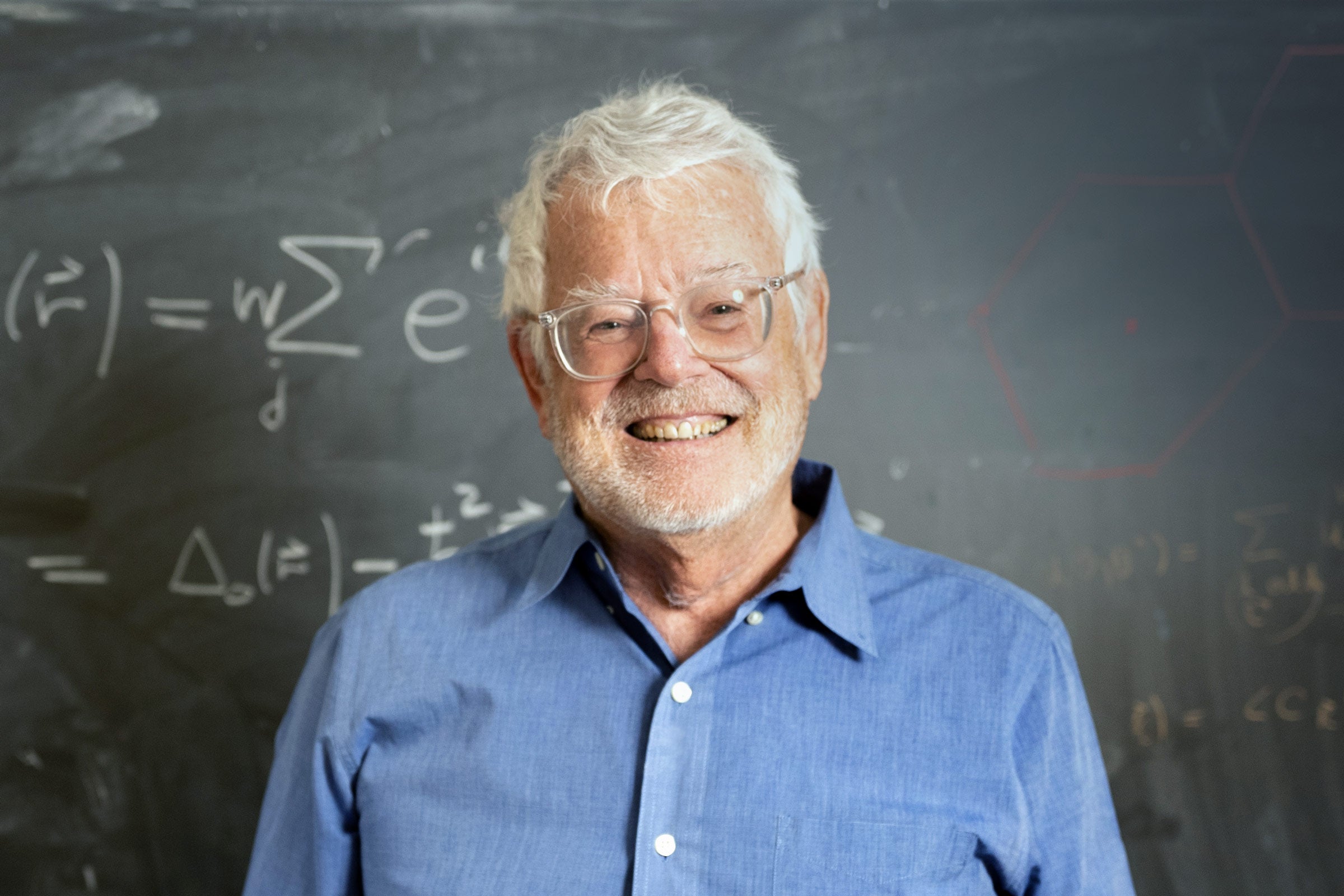Visualizing Science 2014: Beautiful Images From College Research
This past spring, we asked faculty, staff and students in the College of Natural Sciences community to send us images that celebrated the extraordinary beauty of science and the scientific process. We were looking for that moment where science and art collide and we succeeded.
The pursuit of science often entails a visual aspect, as researchers visually communicate their discoveries and explore the topics they find fascinating. Haeckel created beautiful color illustrations of organisms, Hooke sketched his astronomical and microscopic observations, Darwin traced evolutionary trees in his notes, and da Vinci drew anatomical masterpieces, just to name a few.
More and more, scientific visualizations are becoming part of the discovery process itself. Researchers often use 3-D models and data visualizations to expose hidden patterns in data or to reveal the inner workings of life and the universe.
Below we feature the seven most stunning submissions from our scientific community. The first six images were chosen by committee based on their beauty and scientific merit. These images are also being displayed in the University of Texas Tower, Welch Hall, and the Kuehne Physics Mathematics Astronomy Library in Physics, Math & Astronomy building beginning the last week of September. The final image, our People’s Choice winner, was chosen by the public on our Facebook page.
At the end we offer a video that delves into the minds of our finalists, revealing the story and meaning behind each image.
FIRST PLACE

Copepods live throughout the oceans, are smaller than a grain of rice and can dart away from predators at 500 body lengths per second. To create this image of a marine copepod, Brad Gemmell and his colleague Michael Shribak used a new method of polarized light microscopy which allows the identification of tissue properties in live specimens without the need for pseudocoloring or digital computation. Brightness corresponds to material transparency and color corresponds to orientation of the tissue. Image by Brad J. Gemmell, PhD, of the Marine Science Institute.
SECOND PLACE
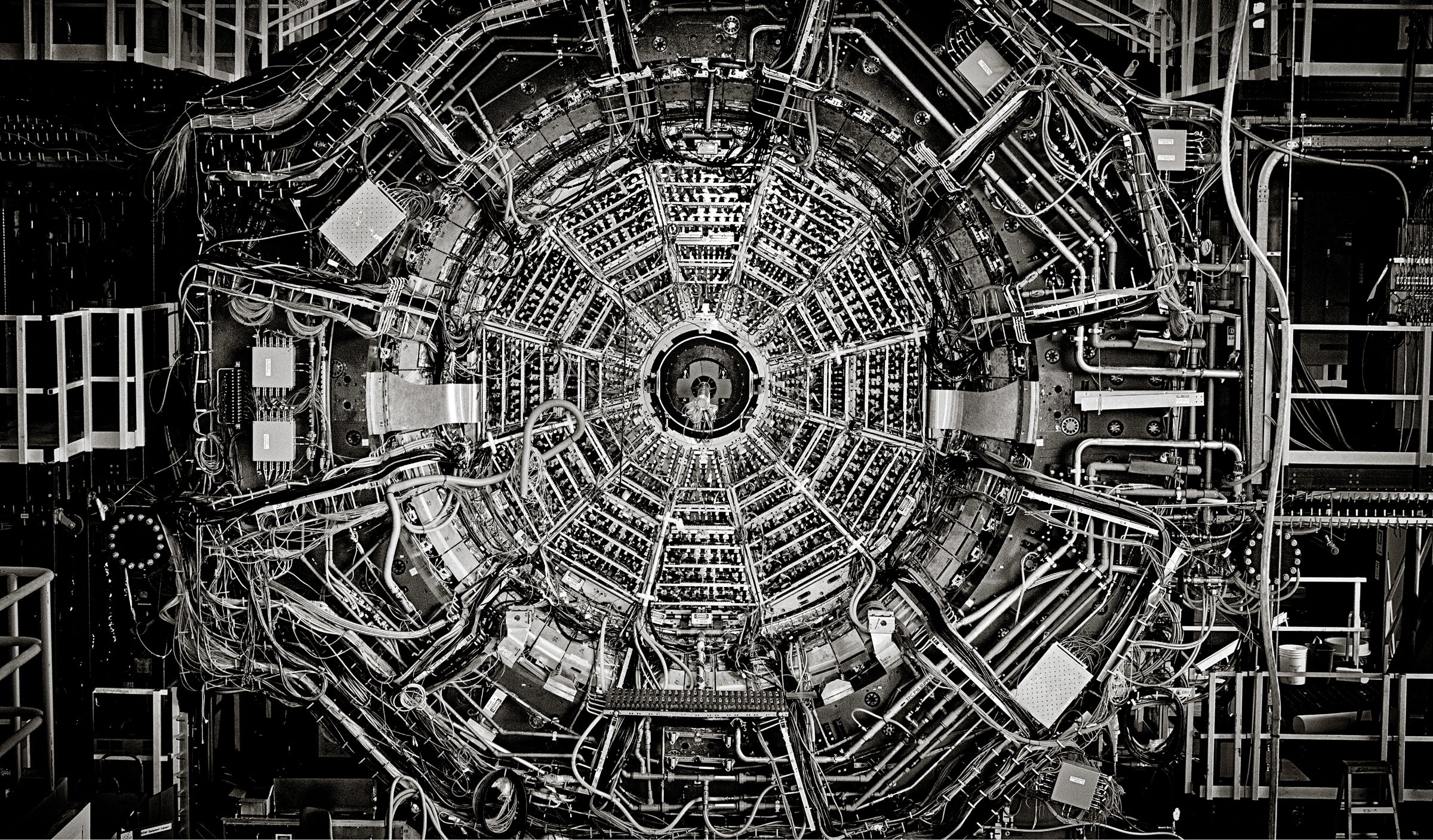
Scientists trying to recreate an exotic state of matter believed to have existed just after the Big Bang will use the detector system containing the Muon Telescope Detector module (pictured here) to observe what happens when heavy ions collide at high speeds. The Muon module was assembled and tested by the Relativistic Heavy-Ion Physics Group at The University of Texas at Austin. Image by Martin Codrington, PhD, of the Relativistic Heavy-Ion Physics Group in the Department of Physics.
THIRD PLACE
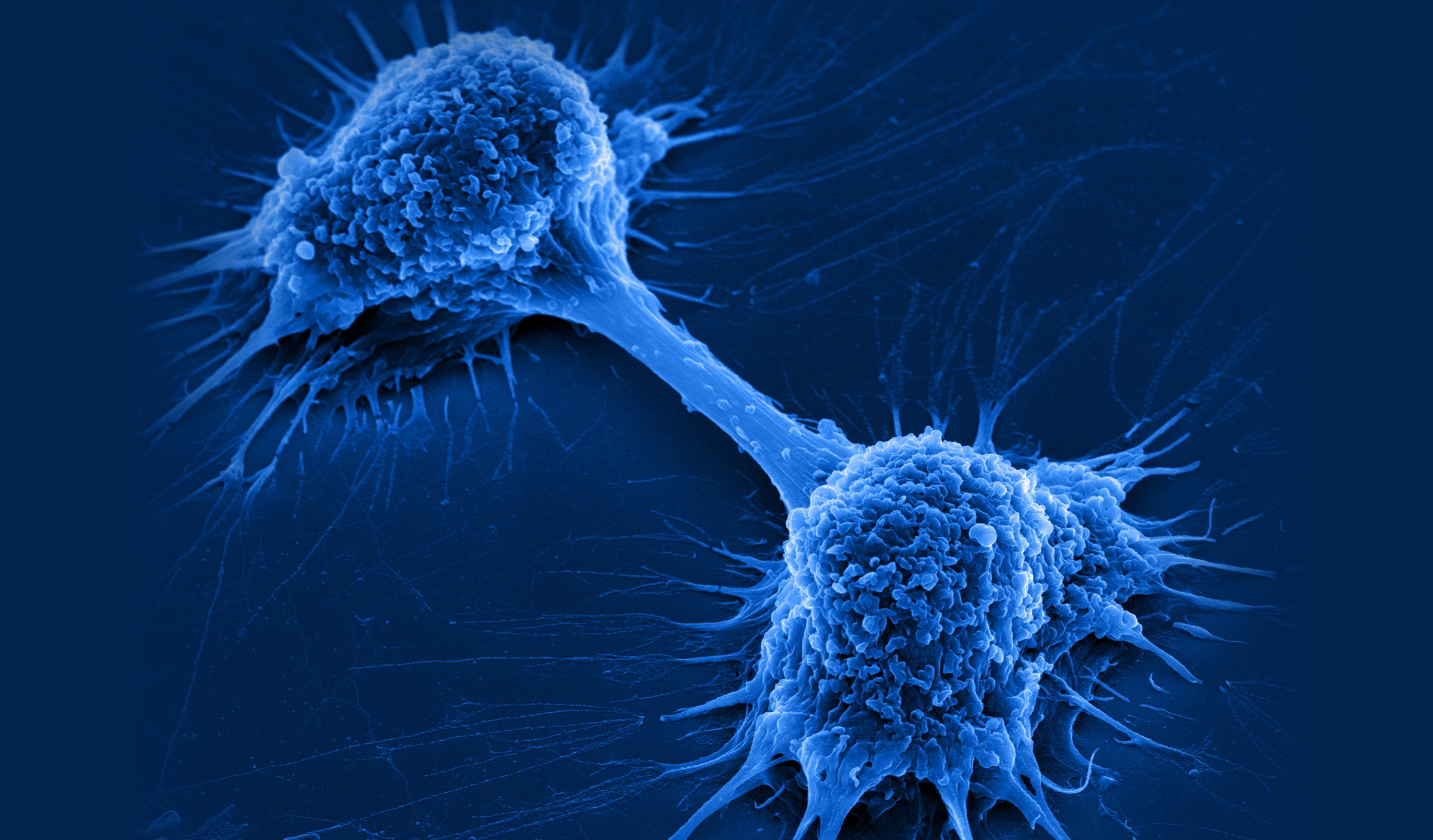
These skin cells communicate with each other through tunneling nanotubes, which can carry bits of cellular material and therapeutics between cells. Image by Jeffrey N. Li, a biochemistry honors undergraduate senior.
HONORABLE MENTIONS

As a single crystal of an organic molecule is heated, it undergoes a molecular rearrangement and changes color from orange to yellow. This phenomenon is known as thermochromism. Image by Cameron Peebles, a chemistry graduate student.

Mathematicians have long wondered if you could fill in the squares of an 18 by 18 grid with four colors in such a way that it would be impossible to pick out a rectangular group of squares with the same color in all four of its corners. This grid demonstrates one of the solutions to this problem. Image by Marijn Heule, PhD, of the Center for Information Security.
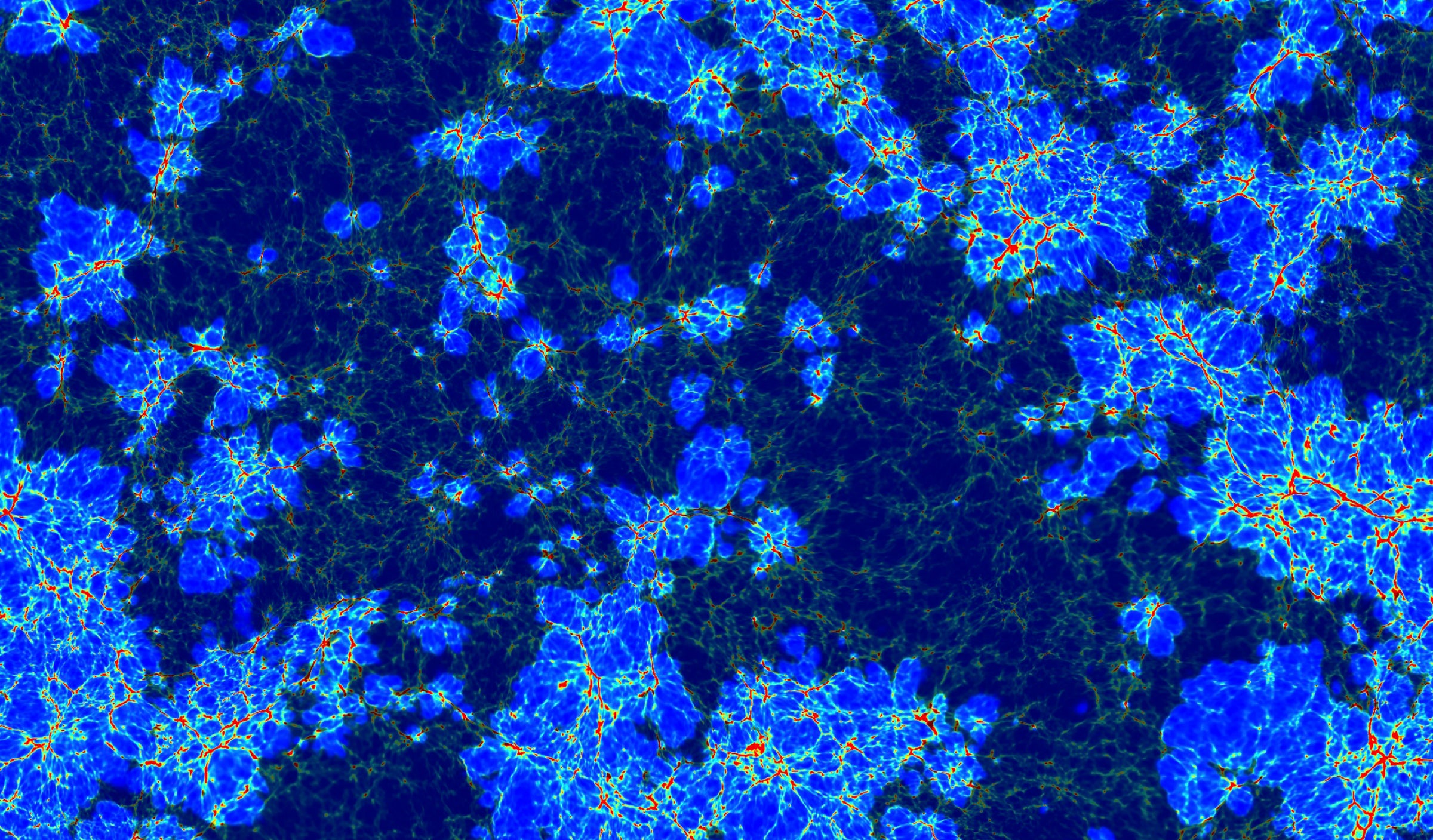
In less than a billion years after the Big Bang, the first galaxies flooded the universe with enough ultraviolet starlight to ionize every atom in the intergalactic gas and heat it to 10,000 degrees. This snapshot from a 3D supercomputer simulation shows how the hot, ionized gas (bright patches) was distributed around the millions of galaxies that ionized it in a piece of the expanding universe 300 million light-years across today, centered on our Milky Way Galaxy, when “reionization” was half-over. Red and blue represent high-density and low-density gas, respectively. Image by Hyunbae Park, Paul Shapiro, Junhwan Choi, and Anson D’Aloisioof Prof. Shapiro’s Cosmology Research Group in the UT Department of Astronomy, using data supplied by Pierre Ocvirk (U. of Strasbourg) from a simulation of hydrodynamics, radiation, and gravity by Shapiro and his international collaboration team under DOE INCITE Program Award AST031 on the Titan supercomputer at Oak Ridge National Laboratory, with support from NSF AST-1009799, NASA NNX11AE09G, and NASA JPL SURP Project Nbr. 1492788, with image processed at the UT Texas Advanced Computing Center under NSF XSEDE TG-AST0900005.
PEOPLE’S CHOICE
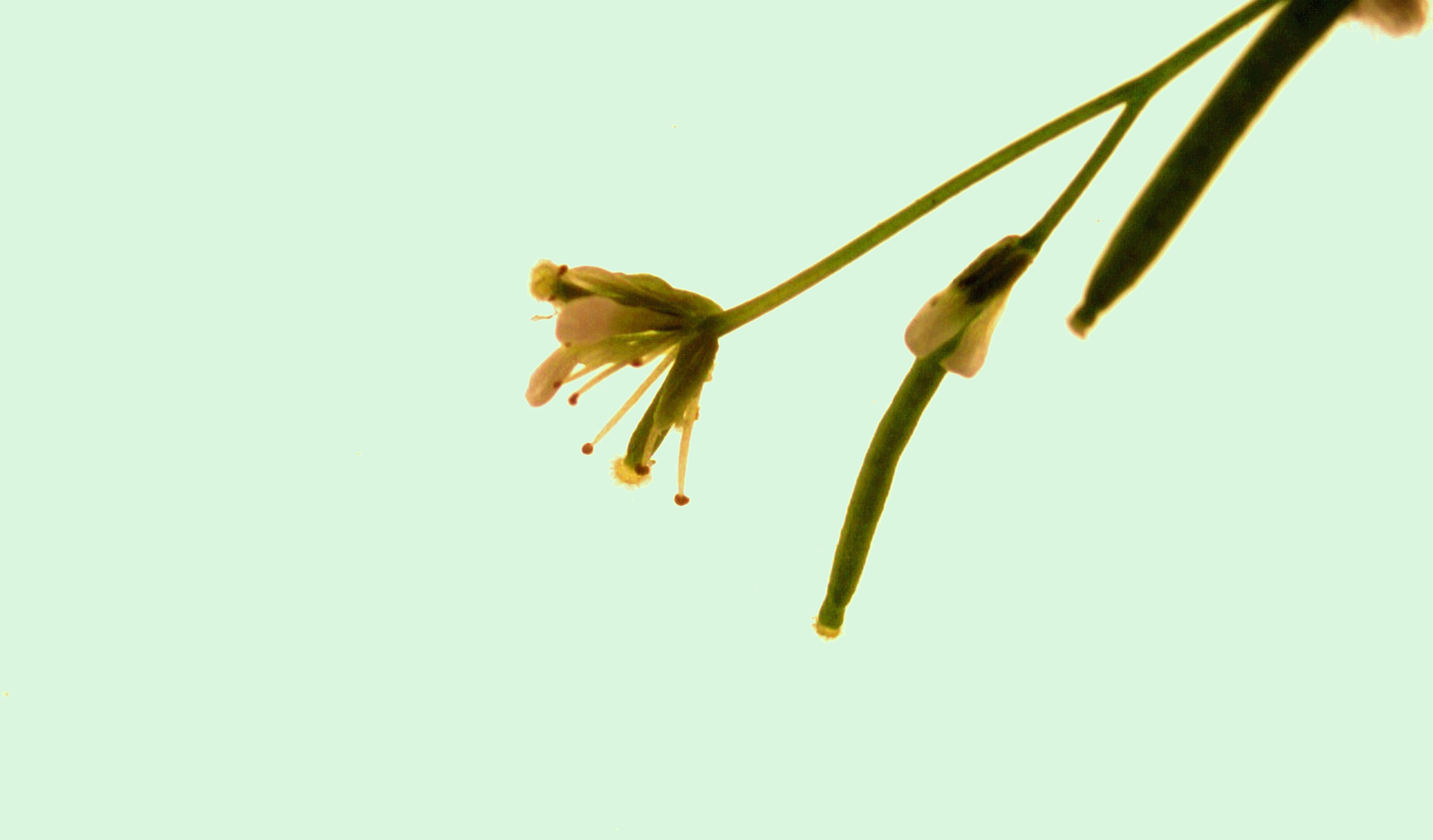
A mutant Arabidopsis flower, created by the photographer, which produces two siliques, or seed capsules, instead of the typical one. This fancy flower phenotype indicates that the mutant gene is responsible for Arabidopsis flower development. Image by Xiaosa Xu, a plant biology graduate student.
MEET THE FINALISTS
Video by Jeff Mertz.


